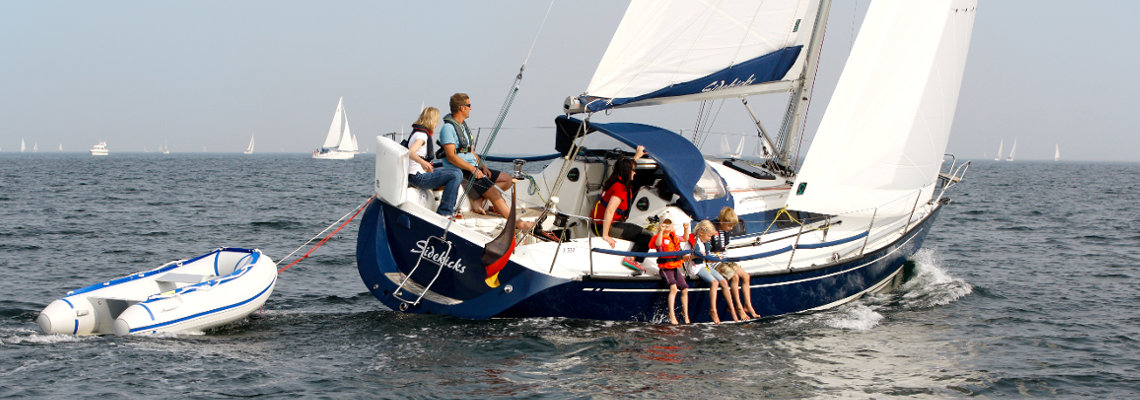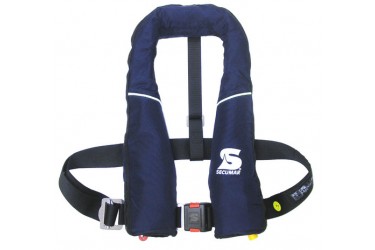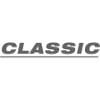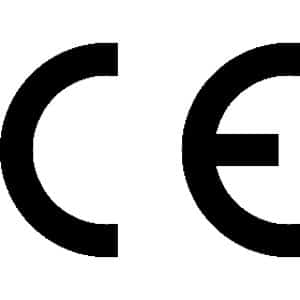Lifejackets need a service too
Where the safety of peoples’ lives is concerned, regular inspection of the equipment concerned is absolutely essential. This also applies to lifejackets. Natural aging process can influence the properties of the material and also the functioning of the automatic inflator system is not immune to possible damage (among other things operational errors). In other words: the life of a lifejacket must be limited. The corresponding time frame has been set at 10 years, a decision borne authoritatively by the members of the German Association for Sea Rescue Equipment (FSR), and which complies with the law of safety and product liability.
A prerequisite for this lifetime is an inspection of the lifejacket by an authorized servicing station or the manufacturer at least every two years.
Safety as a visible sign
Regular inspection is documented by the FSR-Service-Sticker, which, similarly to a car’s MOT sticker, signalizes the month and year of the next service due.
Servicing
The regular system check by the expert comprises testing the buoyancy chamber for air leaks as well as a scrutinizing check of the fully automatic inflation system. Moreover, within the framework of this SERVICE we can offer:
- Repair
Removal of any defects discovered in the course of the inspection as well as replacement of the complete protective cover or buoyancy chamber. - Conversion / Optional extras
Converting from manual release to automatic inflation, adding a spray hood, installation of an emergency light and further signalling accessories.
Receipt of the new FSR-Service-Sticker confirms, so to speak, the correct functioning of the rescue equipment and always reminds you of the Date of the next inspection, the sticker being clearly visible from the outside.
WSH Alert Accident Notification, 26 February 2021: Worker fell off pilot ladder into sea
|
The industry is reminded to conduct a comprehensive Risk Assessment for all work activities related to vessel embarkation and disembarkation. Precautions must be taken to prevent workers from falling into water. Where possible, always select a safer method (e.g. use of vessel gangways) for embarkation or disembarkation. If pilot ladders must be used, ensure workers are physically fit for the task and sufficiently confident before allowing them to proceed. Safe Work Procedures must be established to guide workers on the safe use of pilot ladders. Employers of workers exposed to the risk of falling into water must provide suitable life vest to keep the workers afloat in the event they fall into the water. Workers should be trained on the importance and correct manner of donning the life vest. Instruct workers not to attempt embarking or disembarking a vessel when conditions are not favourable (e.g. heavy rain, strong winds and/or choppy waters). If conditions are good, then embarking/disembarking may proceed only when the passenger launch is in position. •Life jackets: For safe boarding of vessels, the Maritime and Port Authority of Singapore recommends the use of SOLAS type-approved life jacket or a life jacket meeting ISO 12402 Personal Flotation Devices with performance level 100 or higher. Always check that life jackets are in good condition before use. ISO 12402: INTERNATIONAL STANDARD FOR PERSONAL FLOTATION DEVICES (LIFEJACKETS AND BUOYANCY AIDS) The ISO 12402 series for personal flotation devices (lifejackets and buoyancy aids) was prepared by the European Committee for Standardization (CEN) Technical Committee CEN/TC 162, Protective clothing including hand and arm protection and lifejackets, in collaboration with Technical Committee ISO/TC 188, Small craft, in accordance with the Agreement on technical cooperation between ISO and CEN (Vienna Agreement). ISO 12402 consists of the following parts, under the general title Personal Flotation Devices (PFDs):
The International Organization for Standardization (ISO) is a worldwide federation of national standards bodies (ISO member bodies). The work of preparing Int Related ProductsOCEAN SIGNAL RESCUEME MOB1 PERSON LOCATING (AIS) BEACON WITH SECUMAR INFLATABLE LIFEJACKETOCEAN SIGNAL RESCUEME MOB1 PERSON LOCATING (AIS) BEACON WITH SECUMAR INFLATABLE LIFEJACKET .. |















